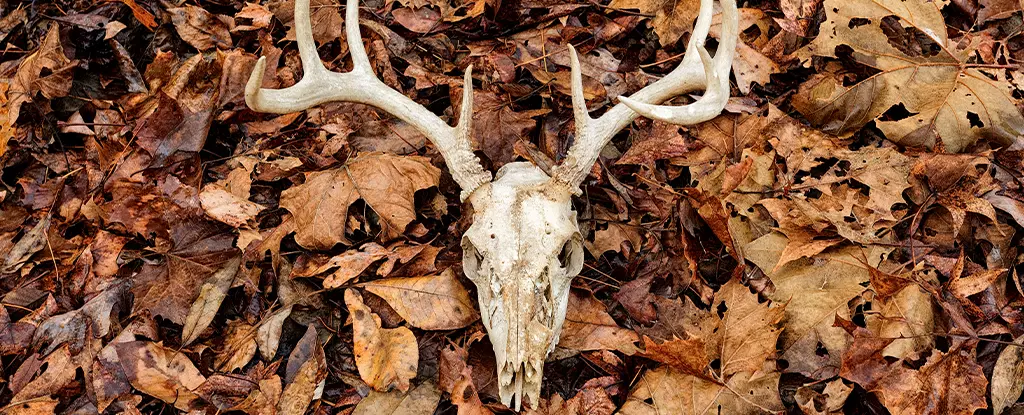Chronic wasting disease (CWD), also known as “zombie deer disease,” is a concerning neurological affliction spreading among deer populations in North America. This condition is characterized by various symptoms such as drooling, lethargy, stumbling, and a vacant gaze. Over 800 samples of deer, elk, and moose in Wyoming alone have tested positive for CWD, highlighting the urgency and scale of the issue. At the core of the CWD problem are prions, misfolded proteins that can lead to neurological degeneration by causing normal proteins in the brain to misfold as well. Prion diseases are particularly worrisome due to their resilience and ability to persist in the environment for extended periods, resisting traditional disinfection methods.
While there is currently no conclusive evidence that CWD can directly infect humans, the possibility remains a point of concern. Prion diseases have shown the ability to cross the species barrier, as seen in cases like Creutzfeldt-Jakob disease (CJD) in humans and “mad cow disease” in cattle. Even though there have been no confirmed cases of CWD in humans, the risk persists due to factors such as the potential transmission of prions responsible for CWD to human cells under laboratory conditions. Additionally, humans are inadvertently exposed to potentially infected animals through hunting and consumption. This exposure has raised concerns, especially in regions where CWD prevalence is high, emphasizing the need for measures to mitigate risks and safeguard human health.
Apart from health risks, the spread of CWD poses significant ecological and economic challenges. Deer hunting is not only a recreational activity but also a vital source of sustenance and livelihood for many communities. The proliferation of CWD threatens to disrupt this delicate balance, potentially decimating deer populations and compromising food security in affected regions. Furthermore, the ecological effects of CWD extend beyond deer populations, impacting entire ecosystems. Deer play a crucial role in shaping vegetation dynamics through browsing and grazing, and their decline could have cascading effects on plant communities, soil health, and other wildlife species.
As seen in the 2016 cases of CWD in wild deer in Norway, there is a potential for CWD to spread beyond its current range, highlighting the need for international cooperation in monitoring and controlling the disease. Addressing the challenges posed by CWD requires a comprehensive approach, including bolstering surveillance, implementing biosecurity measures, and conducting research to better understand the disease’s transmission dynamics and ecological effects. By taking decisive action to mitigate risks, we can protect both wildlife and human populations from the insidious grip of CWD and other emerging zoonotic diseases, ensuring the health and well-being of our planet and its inhabitants for generations to come.


Leave a Reply